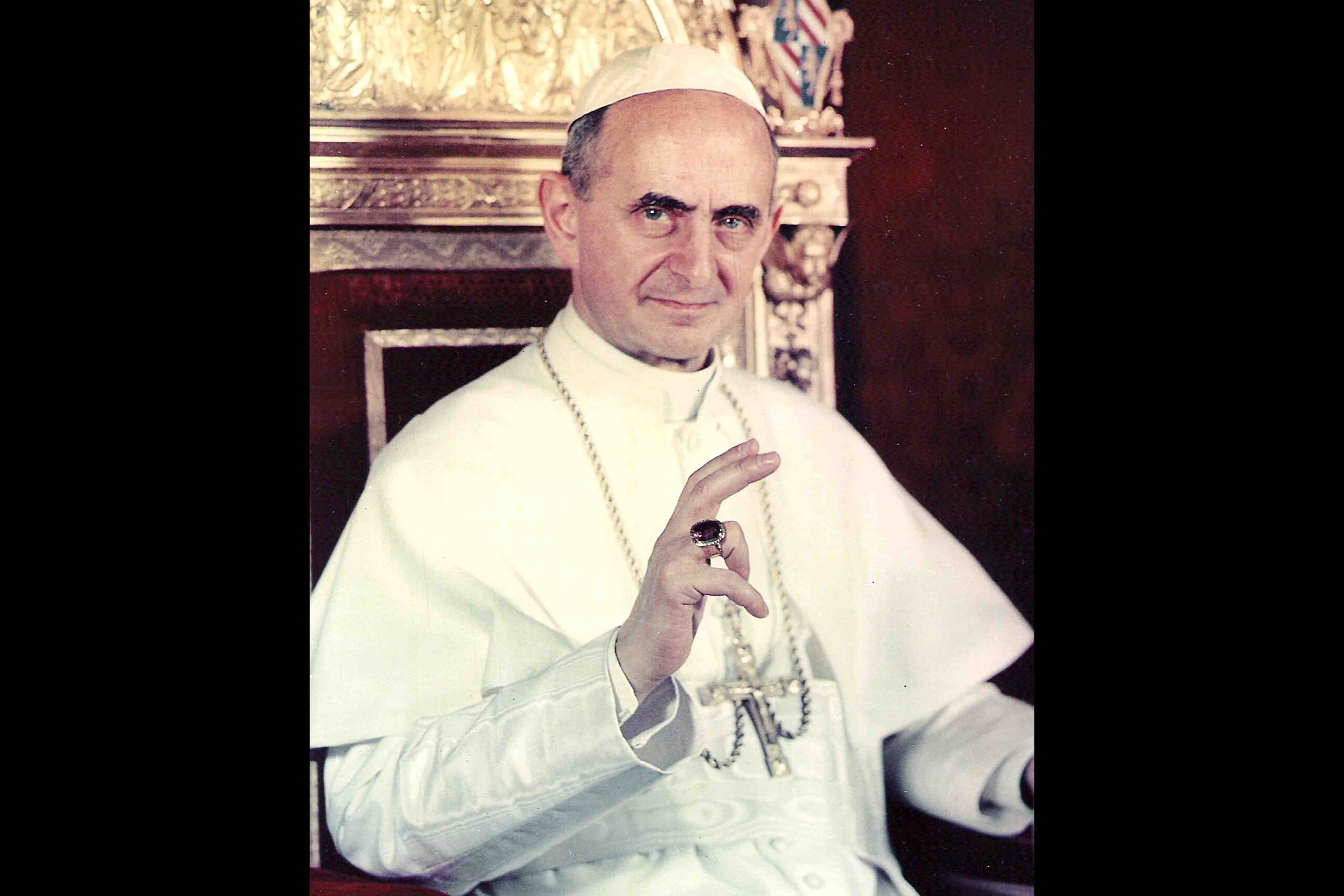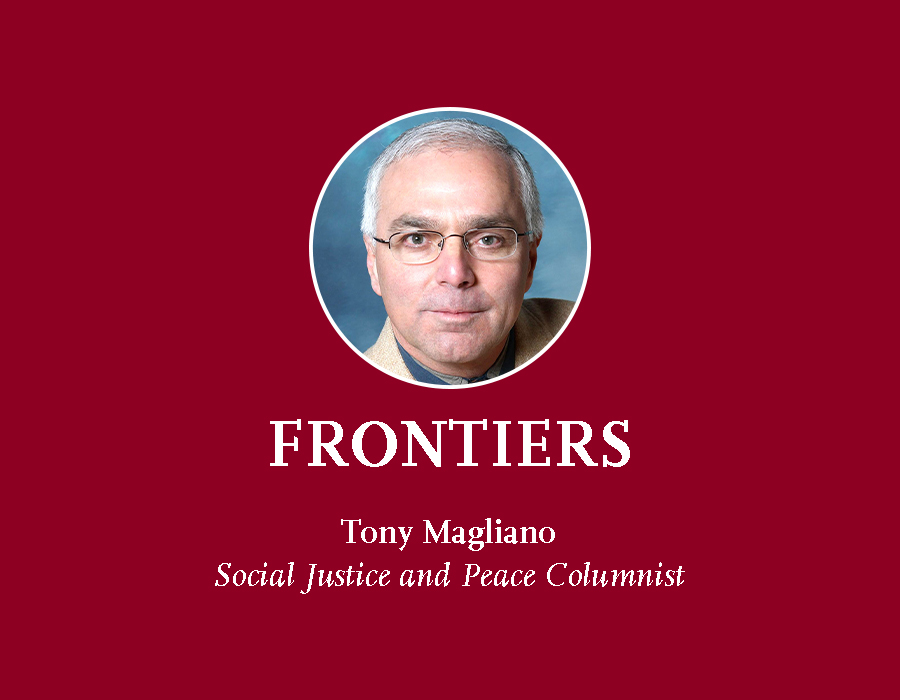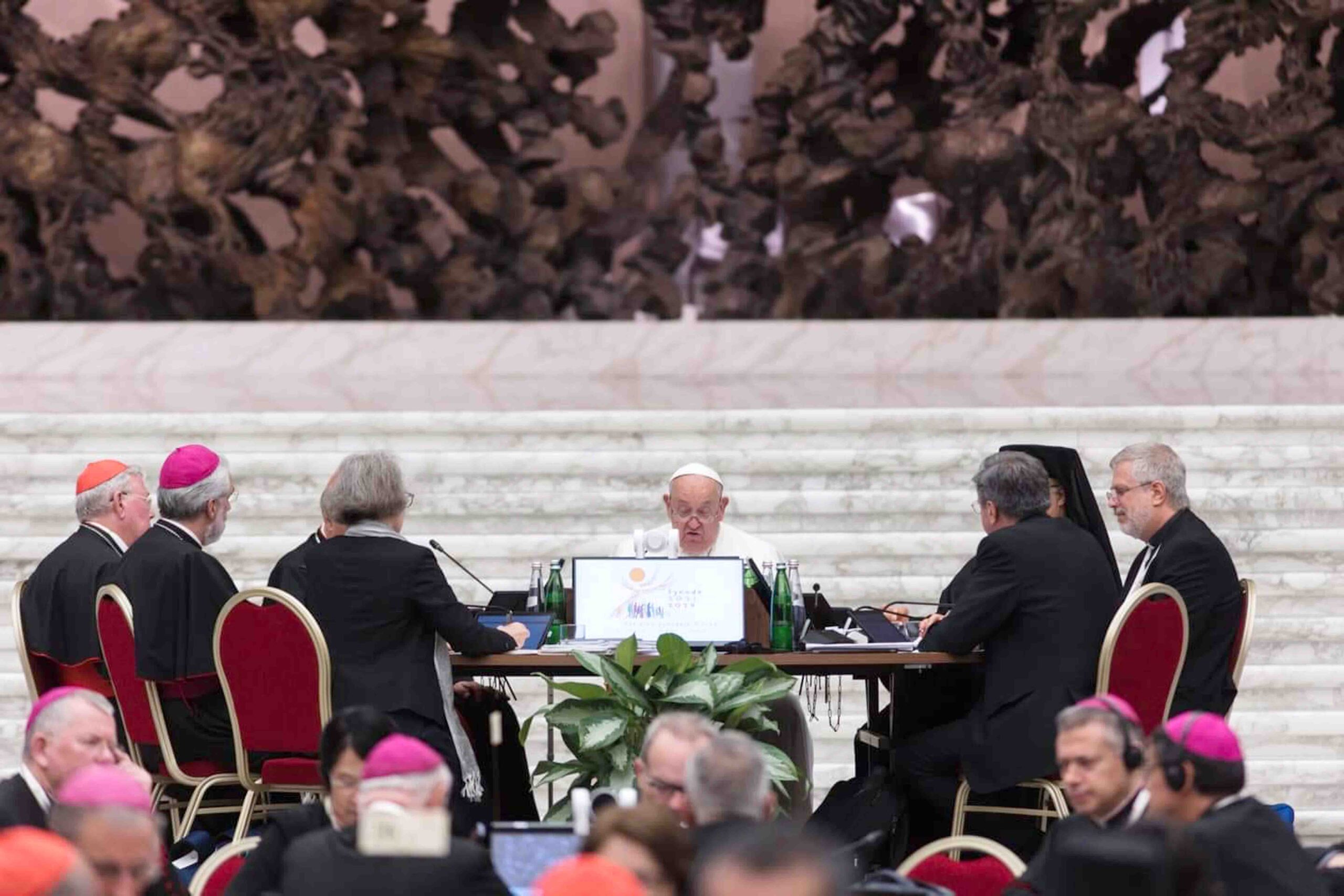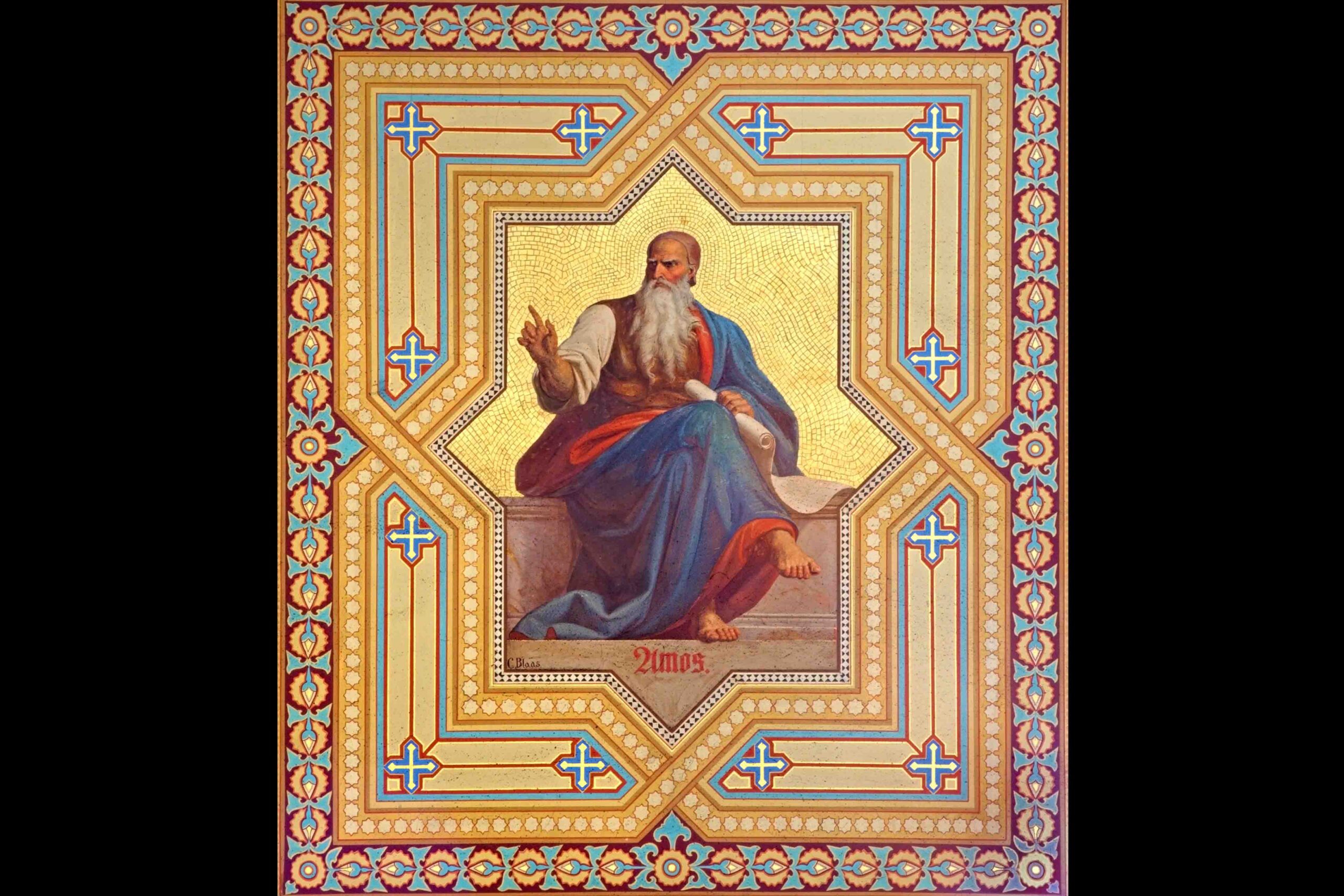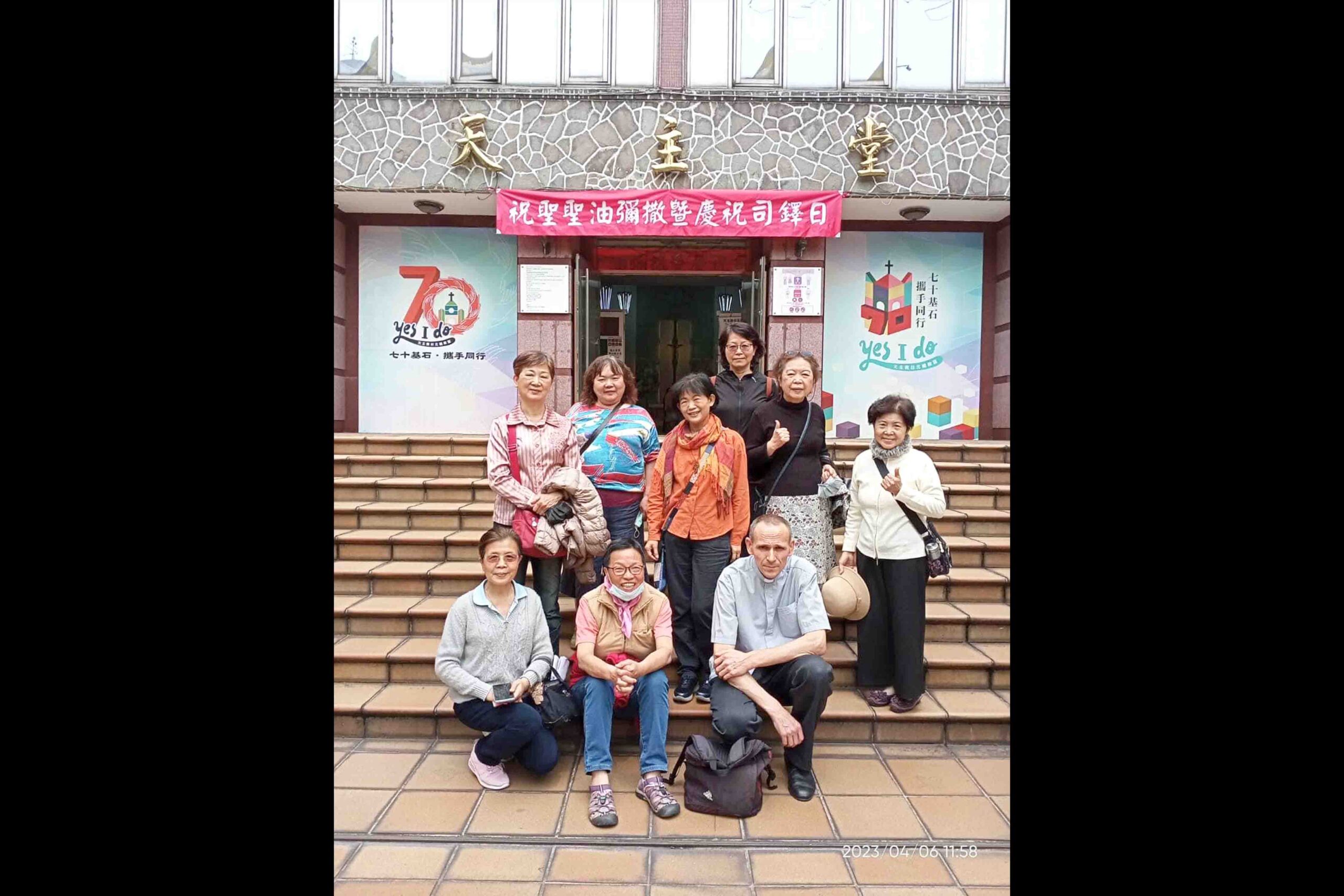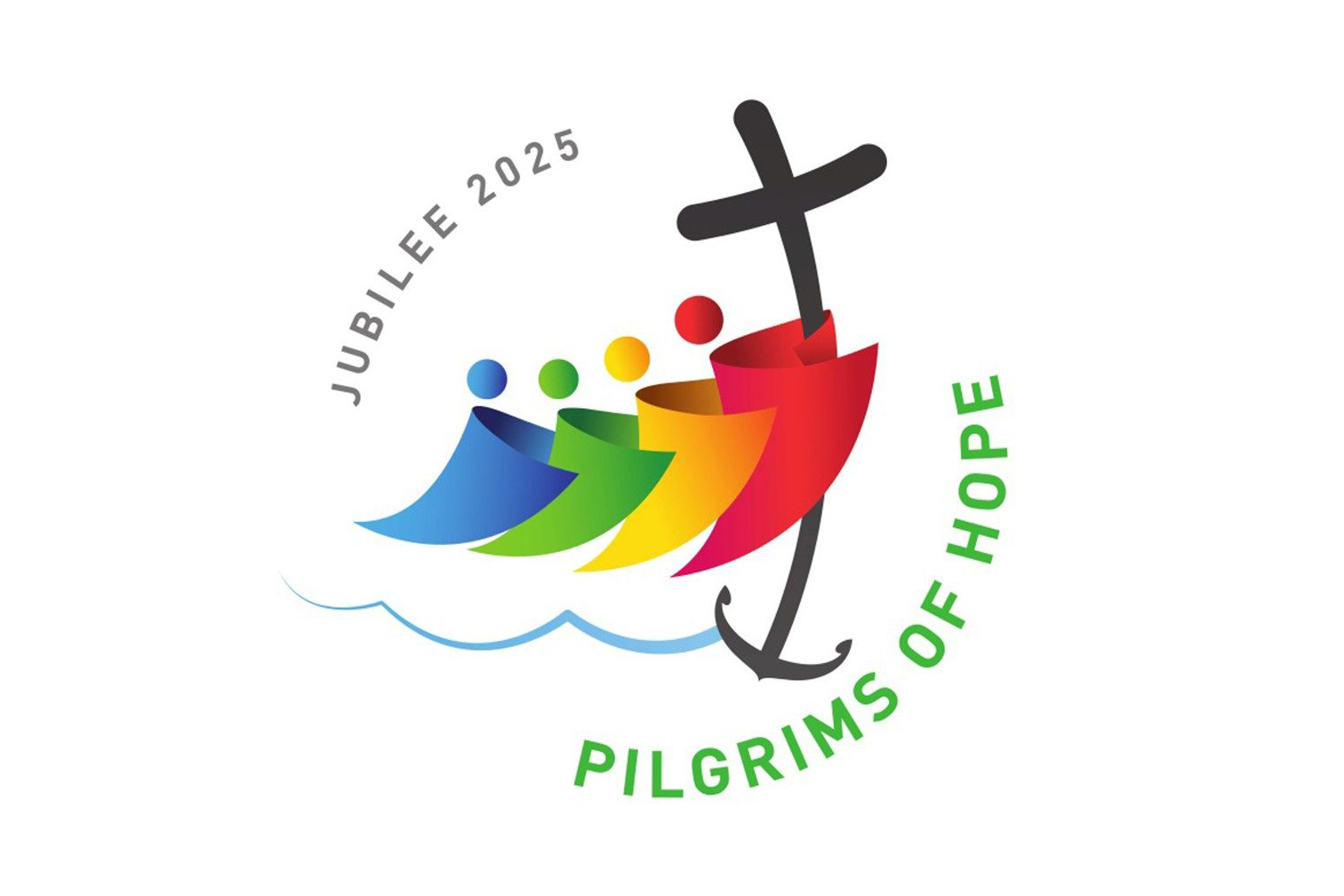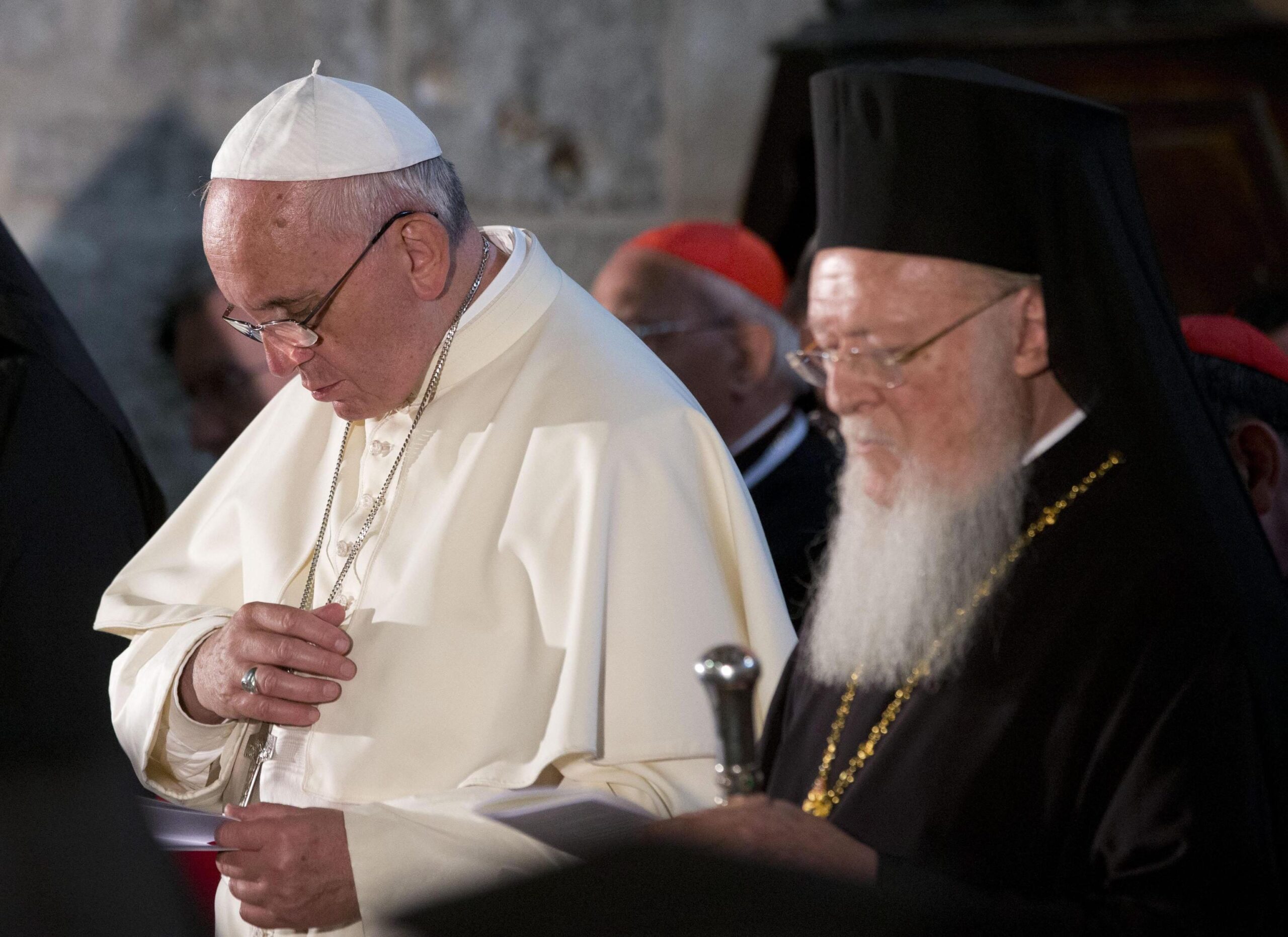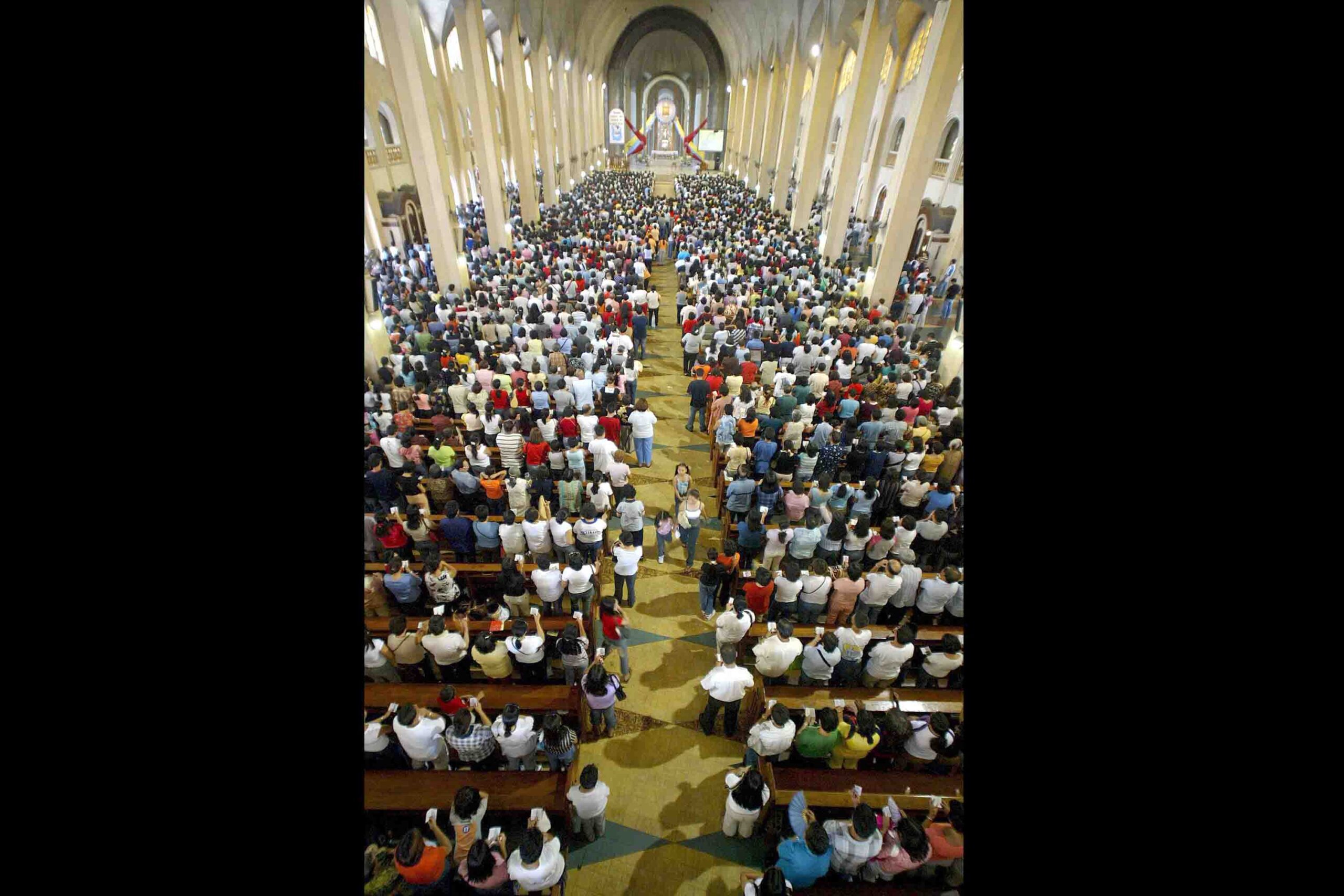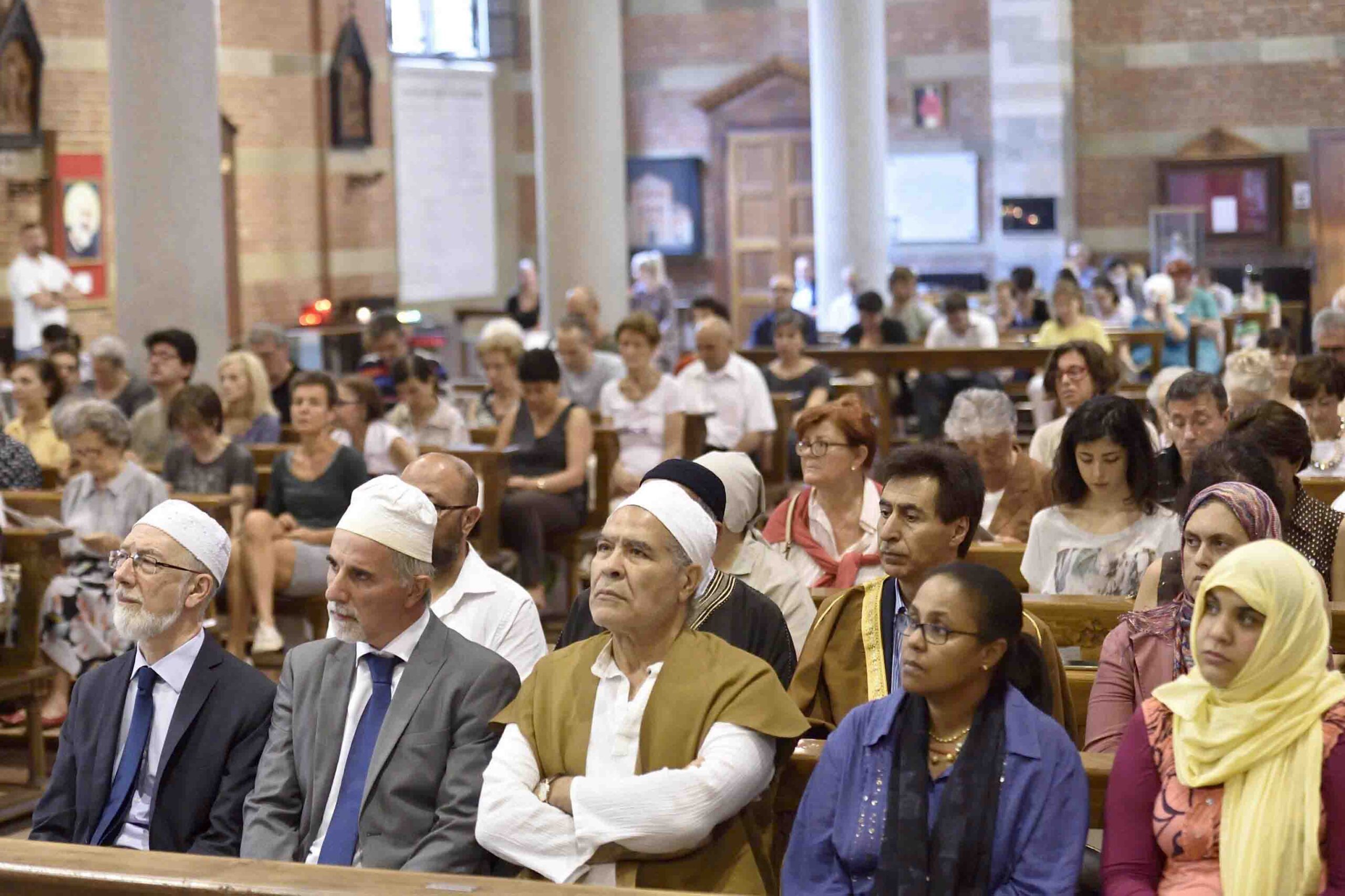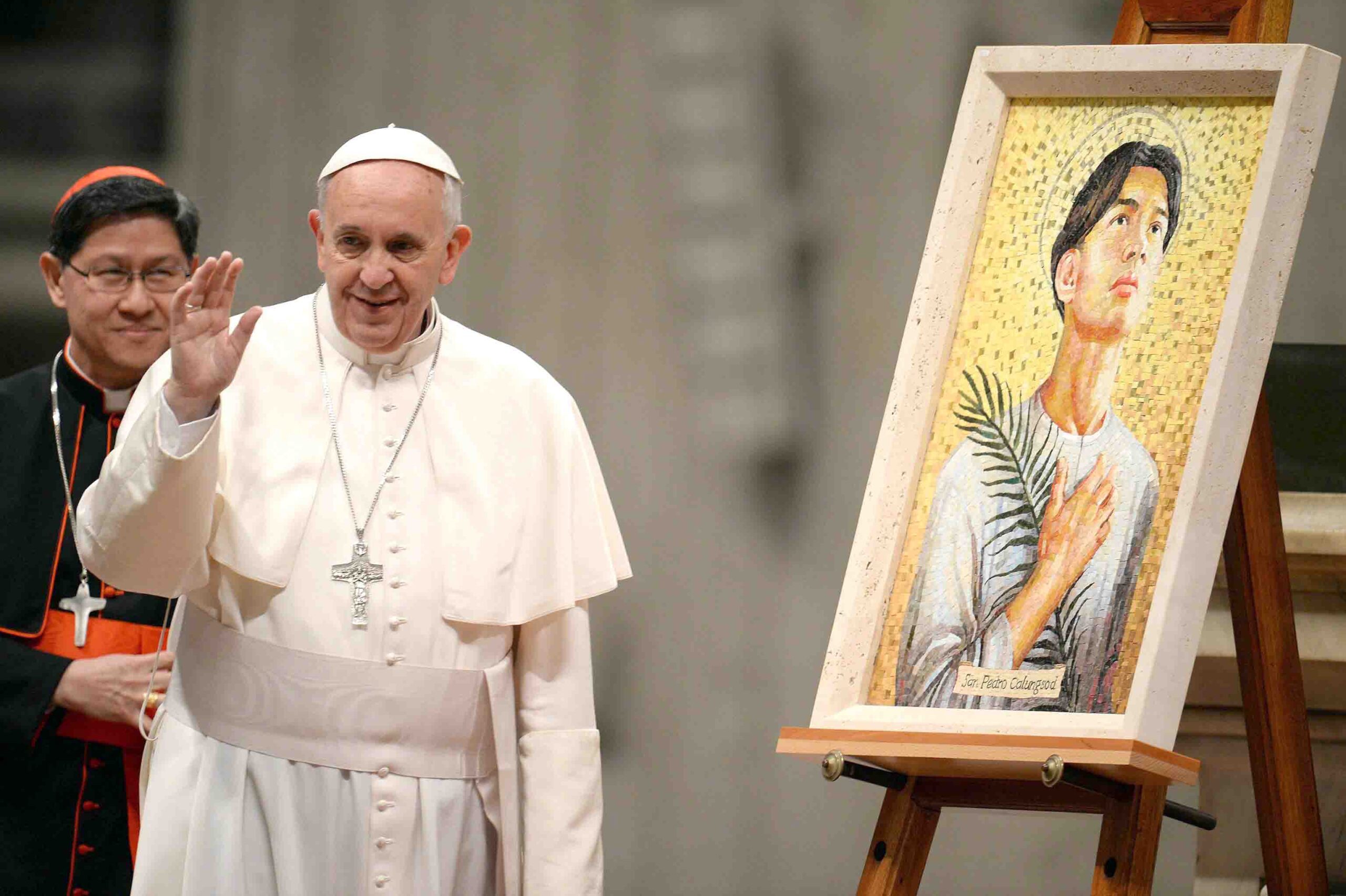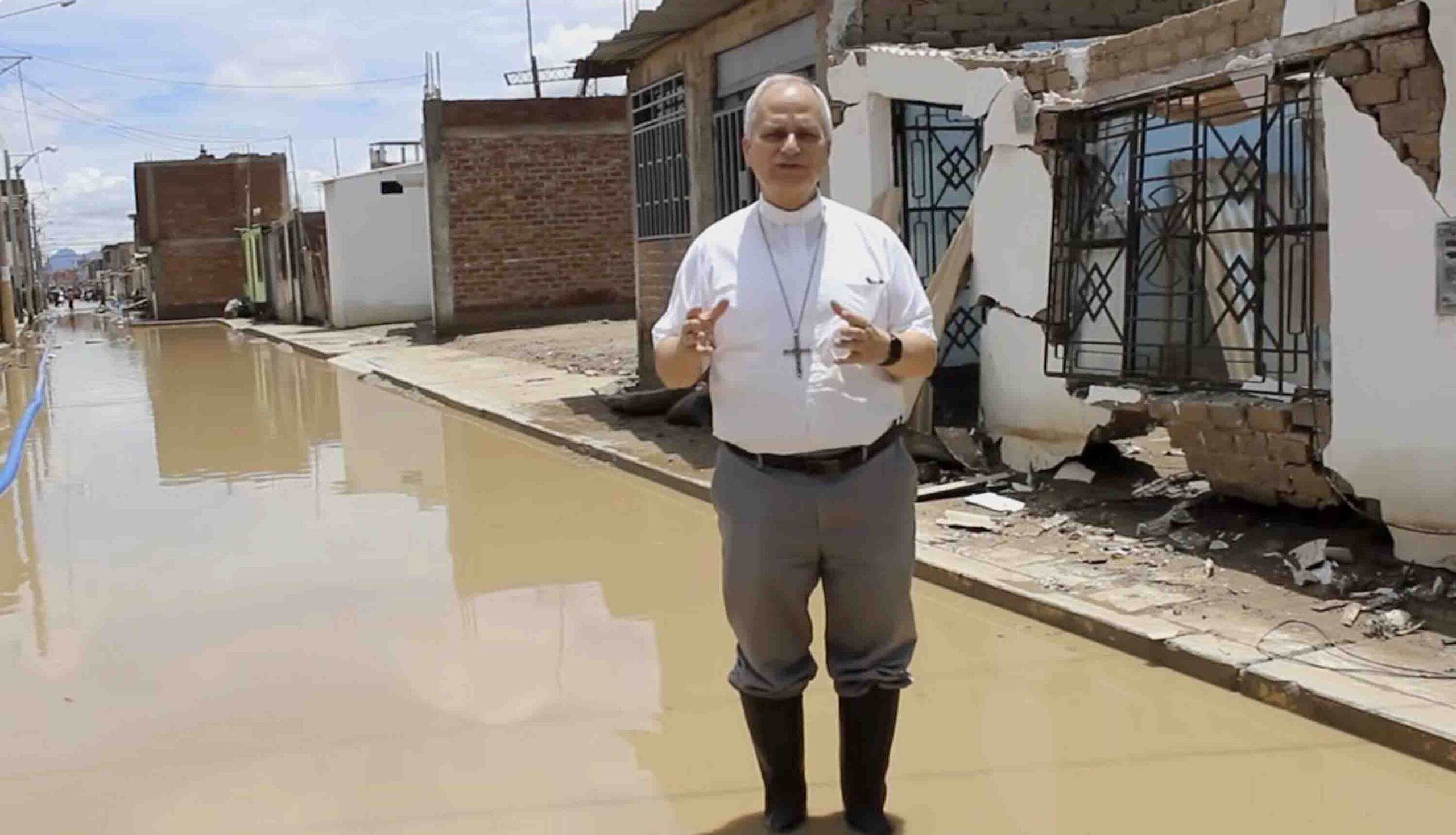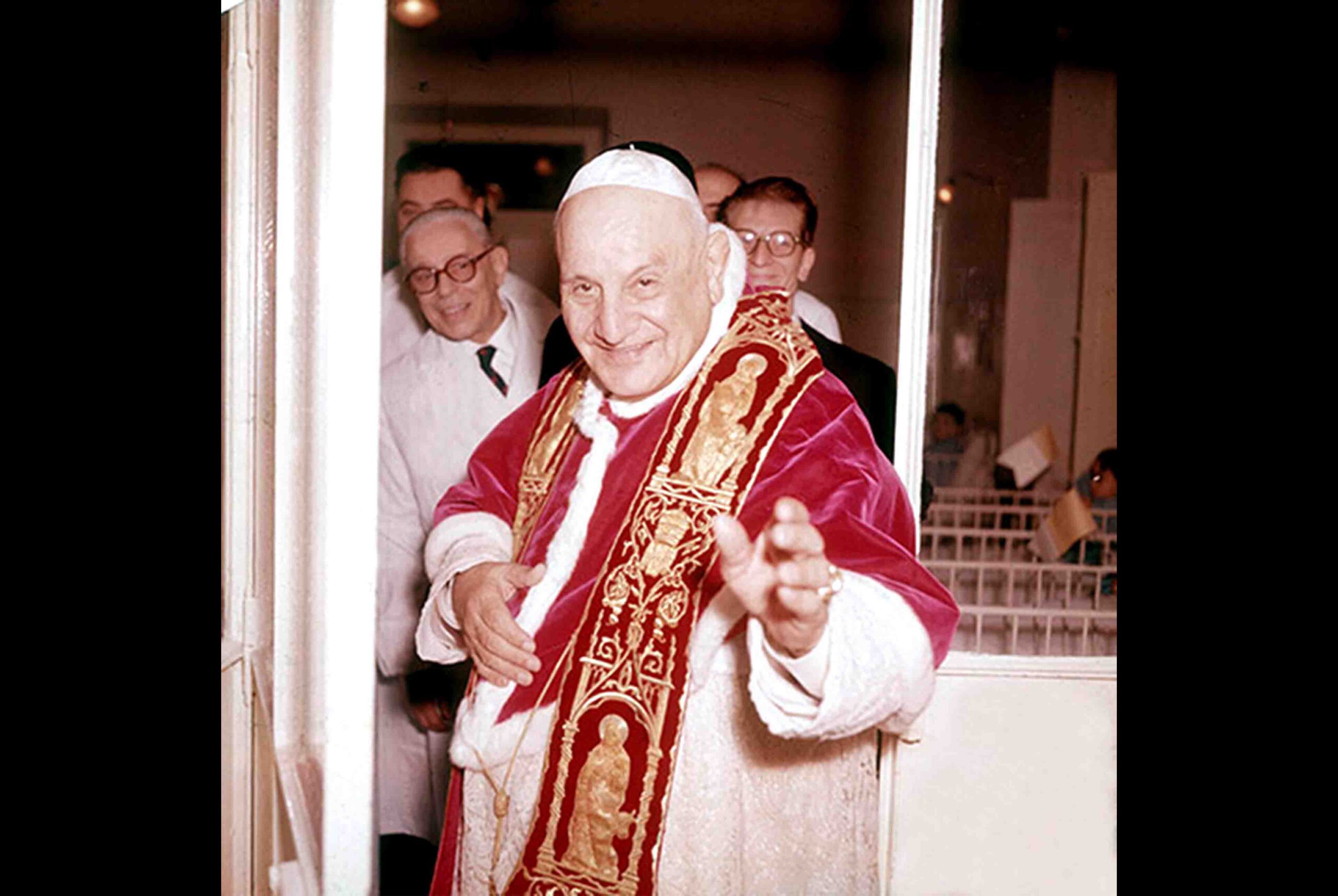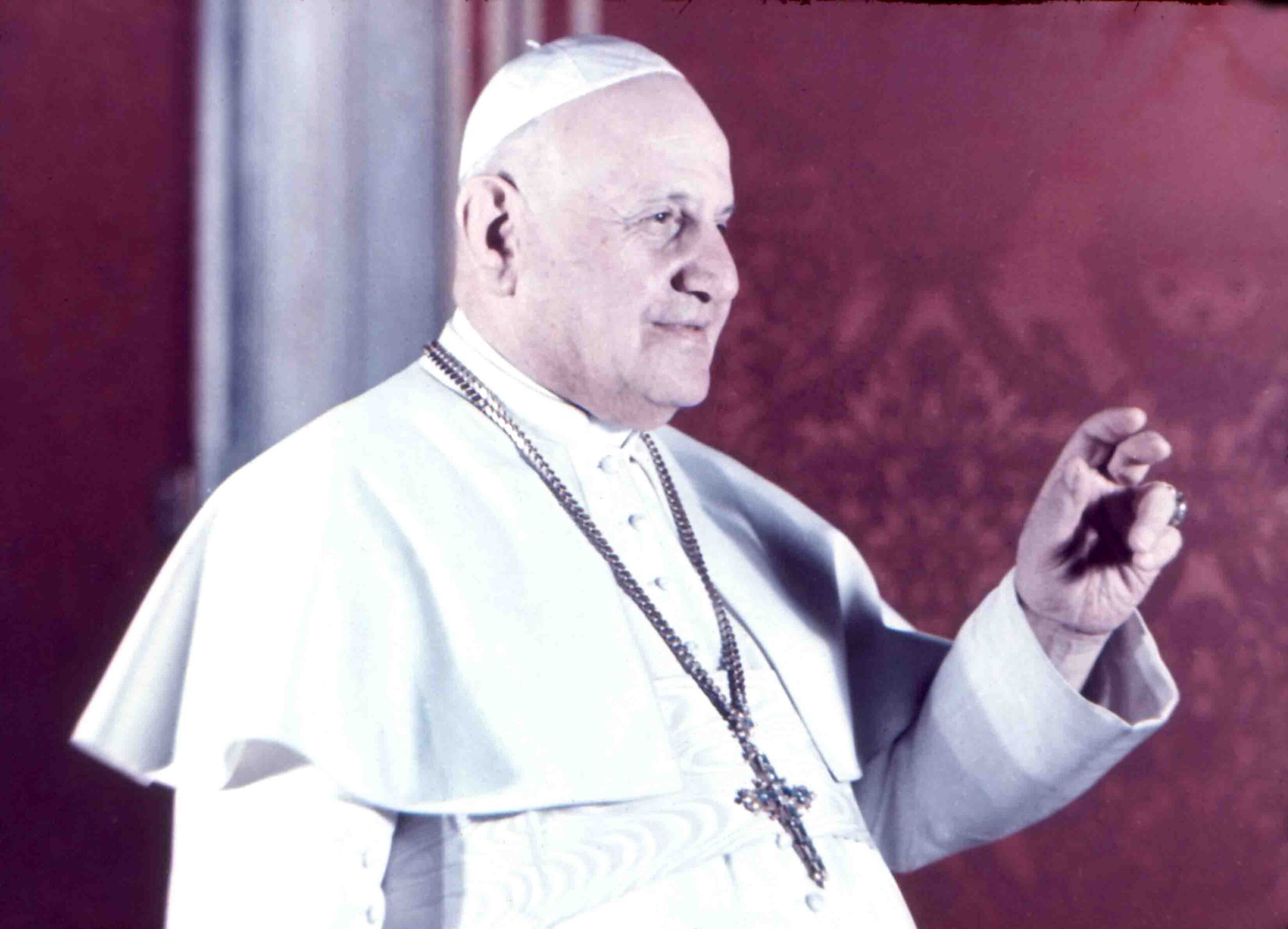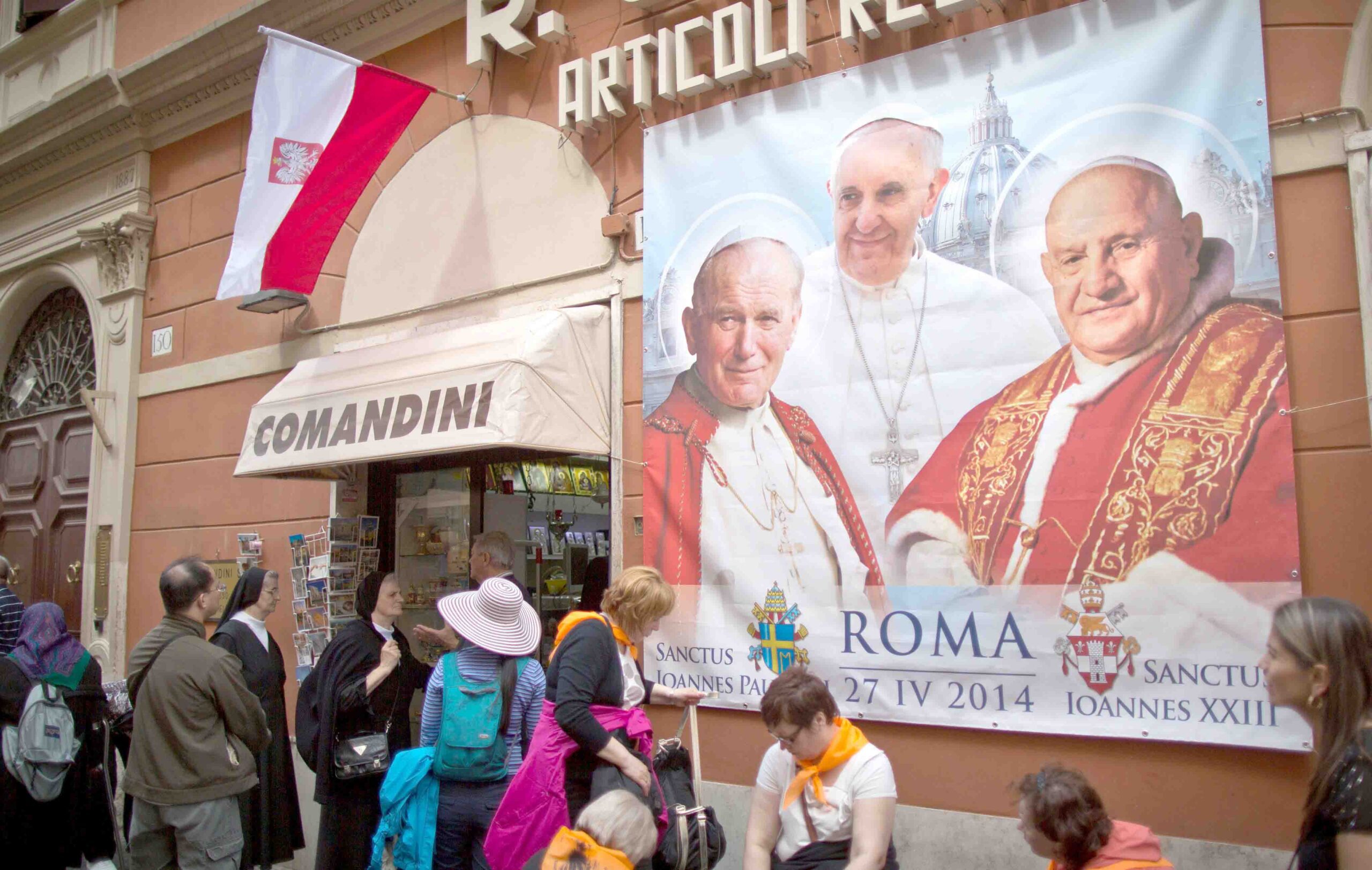The entire Church rejoiced as Pope Francis canonized Blessed Paul VI on October 14, 2018. Recall that October is the “mission month” and it opens with the feast of Thérèse of Lisieux, patroness of mission. In addition, it was on World Mission Sunday in October 2014 that Pope Paul VI (1963-1978) was beatified in Rome. The choice of these occasions is significant!
Aside from expressing his “core identity” with the chosen name “Paul,” Giovanni Montini accomplished much to bring the Gospel message to contemporary humanity. Sharing John XXIII’s vision of Church renewal, Paul successfully concluded Vatican II and systematically implemented its missionary vision.
In addition, Paul VI presented his “dialogical” vision of the Church in his first encyclical Ecclesiam Suam (1964). He established the Vatican office, Secretariat for Non-Christians, on Pentecost Sunday 1964 [renamed the Pontifical Council for Interreligious Dialogue in 1988].
Paul, the missionary pope, initiated papal travels, literally covering the globe. His most extensive missionary journey from November 26 to December 5, 1970 brought him to Asia with visits to eight countries (Iran, Pakistan, Philippines, Samoa, Australia, Indonesia, Hong Kong, and Sri Lanka).
PHILIPPINE VISIT
Paul VI was the first pope to visit the Philippines and Southeast Asia. While in Manila, he met Ferdinand and Imelda Marcos at the Manila International Airport, said Masses at the Manila Cathedral and the Quezon Memorial Circle, ordained priests at Rizal Park, and visited with poor families in the infamous Tondo slum of Manila. He also survived an assassination attempt by Bolivian artist Benjamin Mendoza y Amor Flores, who was dressed as a priest.
In Manila, he met with 180 Asian bishops, a pivotal event in the foundation of the Federation of Asian Bishops’ Conferences (FABC). Speaking from the heart, Paul VI said: “The first thing that we would propose to you is this: let us make an effort to take as our guide the teaching of the recent Ecumenical Council [Vatican II]. This teaching sums up and ratifies the heritage of Catholic teaching and opens the way for a renewal of the Church according to the needs and possibilities of modern times.”
Pope Paul will always be remembered for his 1975 apostolic exhortation, Evangelii Nuntiandi (EN), Evangelization in the Modern World. This was the first papal document to flow from a synod (the 1974 World Synod focused on the theme of evangelization). This beautiful document, as fresh today as when it was written, asserts that: (1) evangelization is the vocation proper to the Church; (2) the Church’s mission continues the mission of Jesus; (3) evangelization is a multi-faceted reality; and, (4) evangelization includes a commitment to full human development and social justice.
Pope Francis draws extensively upon the missionary vision of Paul VI; he quotes EN thirteen times in Evangelii Gaudium. From his earliest days as pope, Francis regularly speaks of EN, noting that Paul’s words “are as timely as if they had been written yesterday.” He described EN as “the greatest pastoral document that has ever been written to this day.”
PAUL VI, MARY, AND THE CHURCH
Under the lead of Paul VI, Vatican II incorporated its teaching on Mary into its 1964 document on the Church, Lumen Gentium; this decision firmly anchors Marian theology within mainstream Church teaching. The eighth chapter of Lumen Gentium (nos. 52-68) bears the title: “The Role of the Blessed Virgin Mary, Mother of God, in the Mystery of Christ and the Church.” This title presents a balanced, integrated Mariology, always linking Mary to Christ and the Church. Excellent Marian reflections are also found in the Philippine Bishops’ Ang Mahal Na Birhen (Mary in Philippine Life Today, 1975).
Popes Paul VI (Evangelii Nuntiandi) and Francis (Evangelii Gaudium) express several common perspectives. “Let us preserve the delightful and comforting joy of evangelizing” (EN 80); “let us not allow ourselves to be robbed of the joy of evangelization” (EG 83). All Christians are challenged to be “evangelized evangelizers” (cf. EN 15) who are genuinely “missionary disciples” (EG 120). Christian spirituality must reflect “the fervor of the saints” (EN 80) and emerge from “a renewed personal encounter with Jesus Christ” (EG 3). Popes Paul and Francis are truly “kindred spirits.”
“Modern people listen more willingly to witnesses than to teachers, and if they listen to teachers, it is because they are witnesses” (EN 41). “No more war, war never again! Peace, it is peace which must guide the destinies of people and all humanity…. If you want peace, work for justice” (United Nations Address: October 4, 1965).
Friends, be inspired by the “Vatican II spirit” and “missionary enthusiasm” of Saint Pope Paul VI. He was aflame with the fire of evangelization. Try to catch the same “Gospel Fire”!
James H. Kroeger, MM, served mission in Asia for over five decades; recently, he authored Walking with Pope Francis; The Official Documents in Everyday Language (Paulines, Manila –2023) and A Joyful Journey with Pope Francis (Claretians, Manila – 2024).

